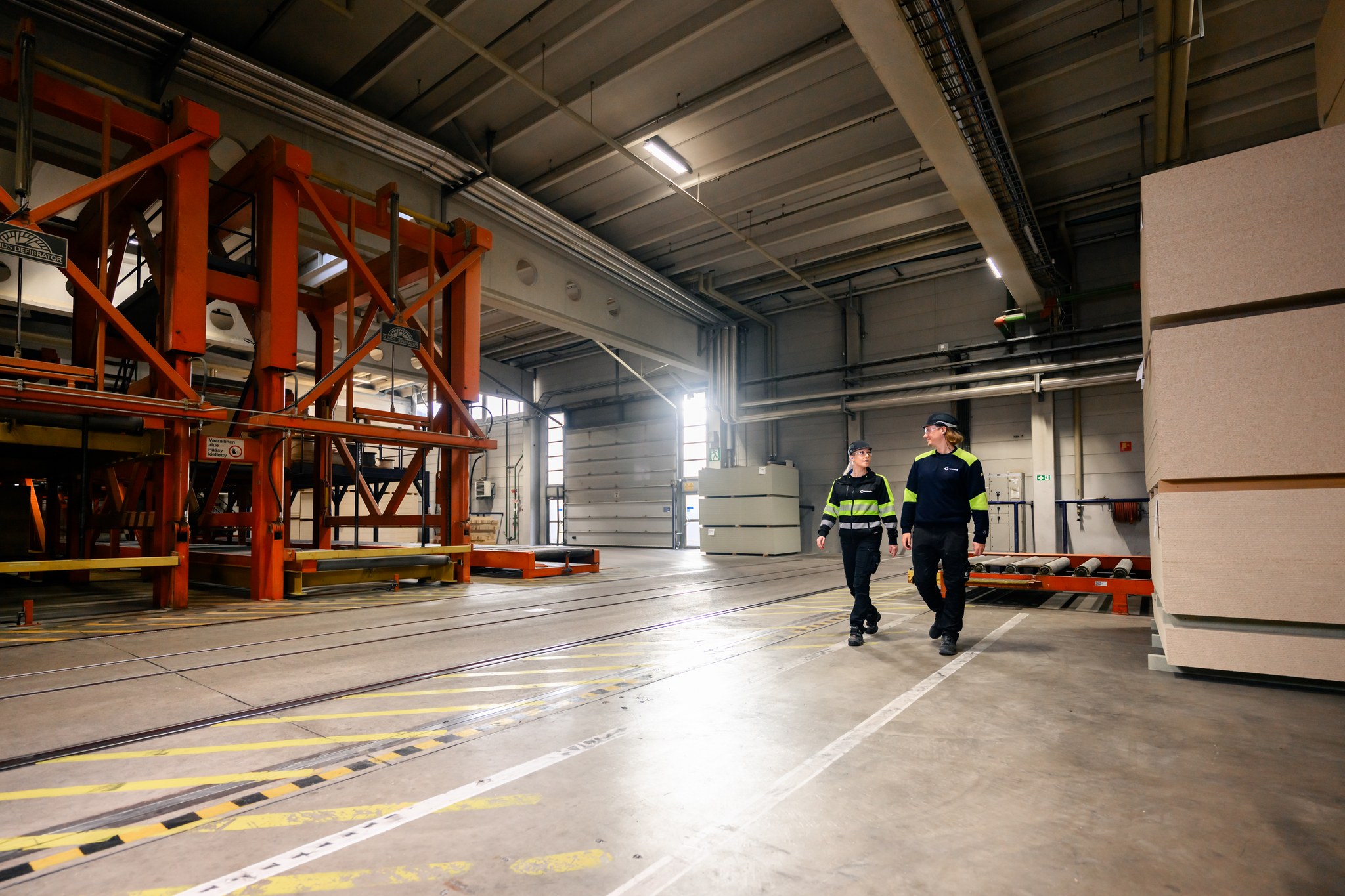
Investors
Koskisen Corporation’s January–March 2025 Interim report published
Koskisen’s profitability improved – sawmill production at a record-high level
18.7.2025 18:29
Koskisen KOSKI
8,62 EUR
-2,52 %
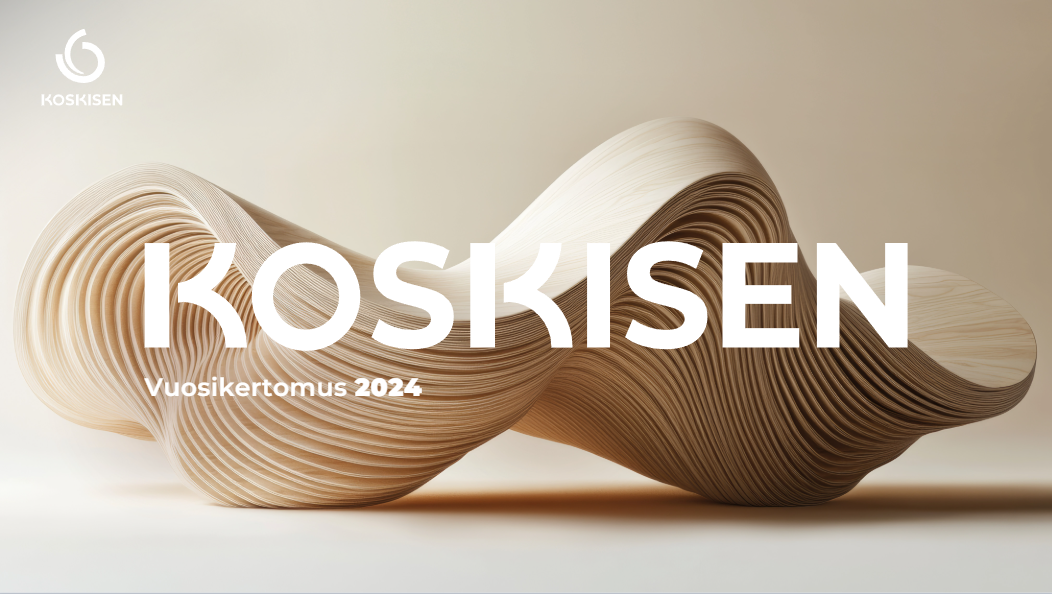
Koskisen Annual Report 2024 is published
Koskisen has published its Annual Report 2024. It includes the Report of the Board of Directors, Financial Statements, Corporate Governance Statement and Remuneration Report for the year 2024.
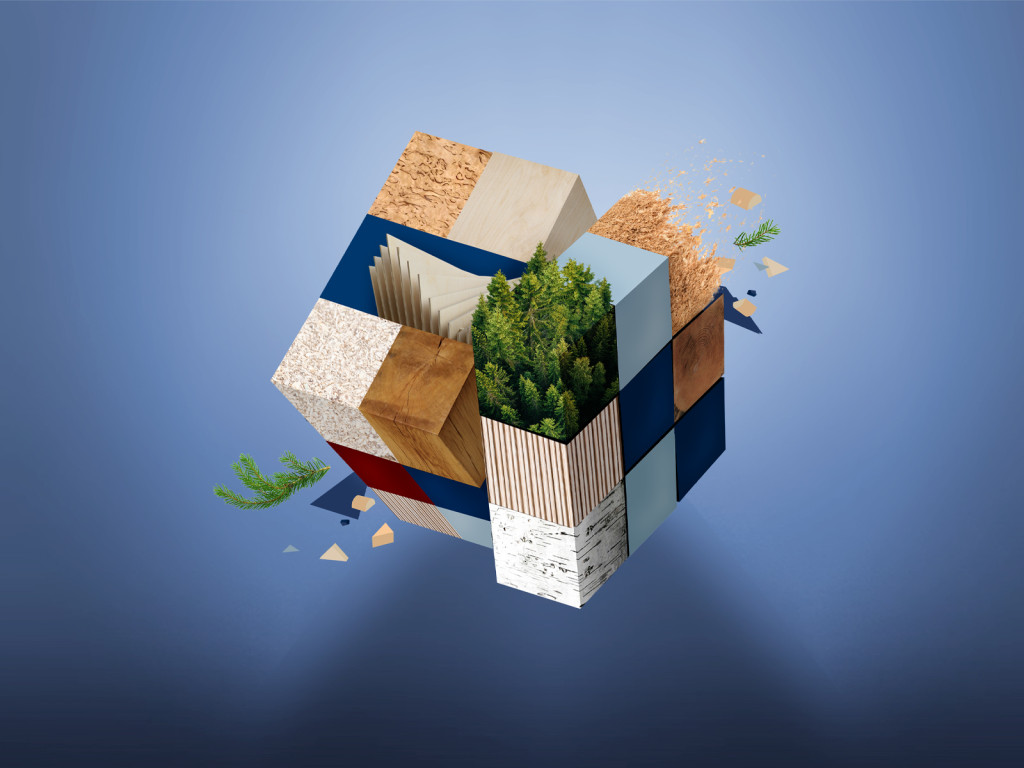
Koskisen as an investment
Koskisen is a wood products company for the new era.
We make quality that is appreciated all over the world and of which we are proud of.
Business areas
Koskisen processes wood into sawn timber, plywood and chipboard. An integrated business model is efficient and wise. Wood is a durable and versatile material that creates a good carbon handprint.

EUR 282.3 M Net Sales (2024)
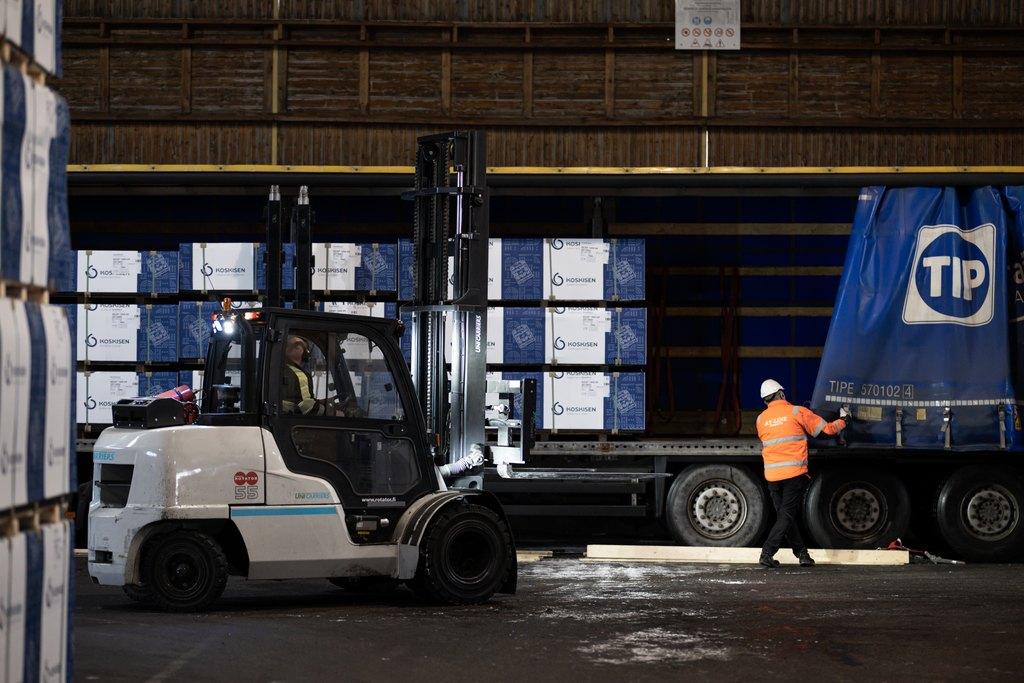
Sales ~70 countires (2024)
Markets and megatrends
Koskisen operates in the global, European and Finnish wood products markets. Global megatrends support the demand for high-quality wood products.
Strategy and obbjectives
Our goal is to grow profitably. Close customer relationships, quality, responsibility and agility enable growth.

EUR 24.2 M EBITDA (2023)
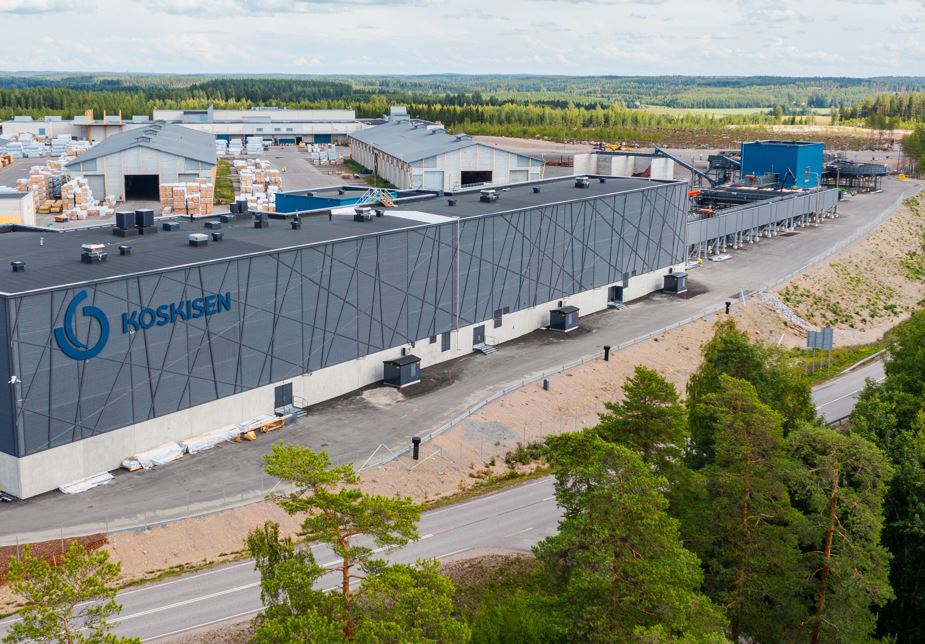
€ 0.36 EPS (2024)
Financial development
High-quality products, strong customer relationships, good profitability and investments are reflected in the financial indicators.
Videos
See all Koskisen investor videos and webcasts here.
All videos

Investor contacts

Karri Louko
CFO

Sanna Väisänen
Director, Sustainability and Communication
Releases
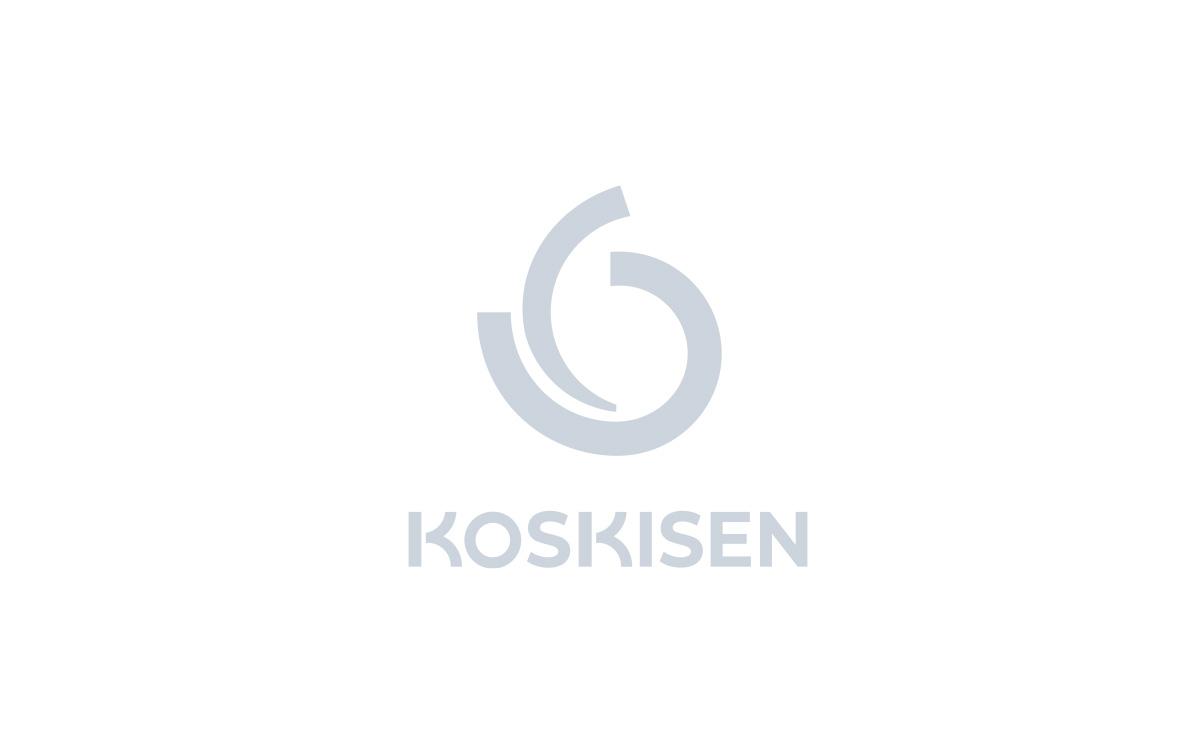
The Board of Directors of Koskisen has decided on a directed share issue to complete the acquisition of Iisveden Metsä Oy
Koskisen Corporation, stock exchange release, 30 May 2025 at 10:30 a.m. EEST The Board of Directors of Koskisen has decided on a directed share issue to...

Decisions of Koskisen Corporation’s Annual General Meeting and Board of Directors’ organizational meeting
Koskisen Corporation, stock exchange release, 15 May 2024 at 3:00 p.m. EEST Decisions of Koskisen Corporation’s Annual General Meeting and Board...
All releases ➜
Subscribe to newsletters
Subscribe to the company’s newsletters in your e-mail ➜